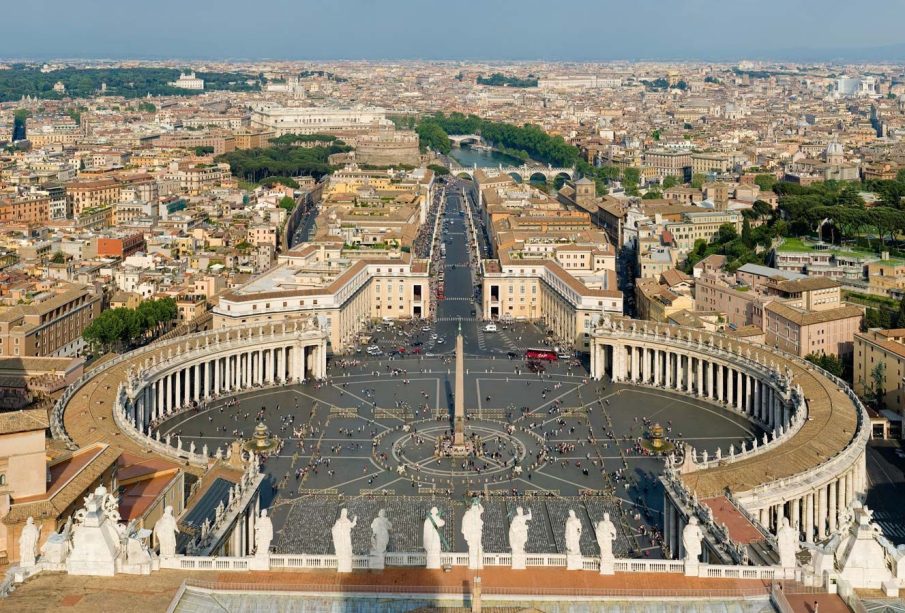Understanding The Holy See and Its Global Influence

Introduction
The Holy See, the spiritual and administrative headquarters of the Roman Catholic Church, plays a pivotal role in global diplomacy and interfaith dialogue. As the smallest independent state in the world, its influence extends far beyond its physical boundaries, shaping international relations, moral teachings, and humanitarian efforts.
The Role of The Holy See
Located within Vatican City, The Holy See is governed by the Pope and serves as a sovereign entity recognized under international law. It has diplomatic relations with 183 countries and is active in numerous international organizations, notably the United Nations, where it holds permanent observer status. This unique position allows The Holy See to advocate for peace, human rights, and social justice on a global scale.
Current Events and Initiatives
Recently, The Holy See has been prominent in global dialogues addressing critical issues such as climate change, the refugee crisis, and the COVID-19 pandemic. For instance, Pope Francis has consistently urged world leaders to take urgent action against climate change, emphasising the moral obligation to protect the planet for future generations. In his 2021 encyclical ‘Laudato Si’, he called for a global effort to address environmental issues with a spirit of solidarity and cooperation.
Moreover, The Holy See has played a crucial role in mediating conflicts and fostering peace in various regions. In 2023, Pope Francis initiated peace talks to address ongoing tensions in the Horn of Africa, leveraging Vatican diplomacy to promote dialogue and reconciliation. The Church’s involvement in humanitarian efforts has also been notable, with many initiatives launched to support the vulnerable and marginalized, particularly during crises.
Significance for Readers
Understanding the role of The Holy See is vital for grasping the intersection of religion, politics, and global affairs. As a unique entity that transcends national borders, The Holy See’s contributions to international dialogue cannot be overlooked. Its teachings and initiatives offer insights into a moral framework that informs many global issues, inspiring individuals and nations alike to strive for a more just and compassionate world.
Conclusion
As we look to the future, The Holy See is expected to continue its role as a significant mediator and moral voice in international matters. With the increasing complexity of global challenges, its advocacy for peace, social justice, and environmental protection will remain relevant. Readers are encouraged to follow the developments related to The Holy See, as its impact continues to shape not only the future of the Catholic Church but also the wider world.




